Most businesses today understand the importance of digital data. It’s your company’s most valuable resource, but like any resource, it’s only as helpful as your ability to use it. The Internet of Things (IoT) can help you use it more effectively.
You’re likely already familiar with the IoT in the form of smart home gadgets and wearables like smartwatches. There are plenty of business-grade IoT devices, too, ranging from wireless location trackers to connected robots to maintenance sensors. Here’s a closer look at how these technologies improve data sharing and collection for small businesses.
Real-Time Data Sharing
“Smart devices automatically collect data and send it to the appropriate parties as soon as it becomes available”
One of the IoT’s biggest advantages is its efficiency. Manual data collection and entry are slow, with 76% of workers in small businesses spending up to three hours a day on these tasks. By contrast, IoT devices gather and share data in real time.
Without the IoT, you have to gather data from a sensor, study or document, copy that information into a spreadsheet or similar record-keeping system then share those files via email or the cloud. As businesses gather more and more data, that quickly becomes a huge time sink. With the IoT, smart devices automatically collect data and send it to the appropriate parties as soon as it becomes available.
These time savings give workers more time to spend on more pressing tasks. Accessing data as soon as devices gather it also lets you respond to it faster, making this information more helpful.
Remote Access
Another way the IoT improves data sharing for small businesses is by enabling remote access. On top of automatically gathering and sharing data, IoT devices make this information available over Bluetooth, the Internet or other wireless technologies.
This wireless connectivity lets you see information about a site, process or piece of equipment without having to travel to it. That’s particularly helpful for businesses monitoring a wide network of assets, like supply chain organizations or utility companies. You and your business partners can see relevant data or control IoT-connected devices in real-time no matter how far away you are.
With modern IoT connectivity standards, you don’t have to sacrifice speed for remote access, either. IoT standards like 5G deliver speeds up to 10 gigabits per second and sub-second latencies, ensuring there’s no lag between your controls and the IoT device’s response.
Reduced Human Error
“Because the IoT records and sends data automatically, it prevents errors and the losses they cause.”
Using the IoT to collect and share data also removes concerns over human error. Manual data entry is prone to mistakes, as human error rates linger around 1% in most cases and quickly grow with larger and more complex data sets. While that may not sound like much, 1% of a big enough data set represents a considerable amount of information, especially over an extended period.
Businesses must also go back and correct each of these mistakes, which takes time. If you don’t resolve these errors, you could act on inaccurate data, leading to considerable losses. These mistakes from poor-quality data cost $15 million per year on average.
Because the IoT records and sends data automatically, it prevents errors and the losses they cause. Small businesses can then rest assured that the information they base their decisions on is accurate.
On-Device Analysis and Edge Computing
Data by itself doesn’t do much for companies. You have to act on this information for it to be valuable, and the IoT can improve these actions, too.
In addition to gathering data, some IoT devices can analyze it automatically. Predictive maintenance is one of the most widespread and beneficial examples of this on-device analysis. IoT sensors record information on machine health and analyze it in real-time to detect when equipment may need repairs. They then automatically alert you to fix it, lowering maintenance costs by 25% and preventing 70% of breakdowns.
As this technology advances, IoT devices can go a step further and enable edge computing. Edge computing spreads computing tasks across IoT devices to act on data closer to its source, boosting response times and reducing latency. This technology could prove to be crucial for things like self-driving cars and smart factories.
Device Interconnectivity
“When all the devices in your workplace can connect and communicate, day-to-day operations become less time-consuming and more convenient.”
Most of these IoT benefits center around sharing data within the company and with partners, but data-sharing between different devices is also important. IoT connectivity lets you create networks where all your endpoints share their data. That interconnectivity means you can expand automation to new heights.
Imagine a manufacturing workflow where each robot communicates with the others through the IoT. When one experiences an issue, it can alert the others down the line in real time. The other robots can then adapt to this data to account for the issue, ensuring a small disruption doesn’t cause widespread problems across the facility. That flexibility makes automation much more practical.
When all the devices in your workplace can connect and communicate, day-to-day operations become less time-consuming and more convenient. Experts predict there will be more than 29 billion IoT-connected devices globally by 2030, so these interconnected ecosystems will become increasingly viable.
Capitalize on Your Data’s Potential With IoT Technology
Succeeding as a business today means making the most of your data. As these five improvements demonstrate, the IoT is the way to do that. If you can implement IoT devices effectively, you can use your data faster, more accurately and across a wider range of use cases.
Also, Read How IoT Can Help Increase Student Interest and Engagement










